Remote access has become an essential tool, whether for troubleshooting a family member’s computer, managing a server from afar, or collaborating with colleagues across different locations. While TeamViewer has long been a dominant player in the remote desktop space, its increasing costs have left many users and small businesses searching for a viable, free alternative. Among them, two strong contenders have stood out from the crowd – RustDesk and AnyDesk.
But with both offering compelling features for zero cost, how do you decide which one is a better fit for your specific needs? I took them up for a spin to evaluate their features, performance, security, and ease of use, to help you decide which free TeamViewer alternative truly stands out.
AnyDesk has better cross-platform availability
Crucial for your diverse team
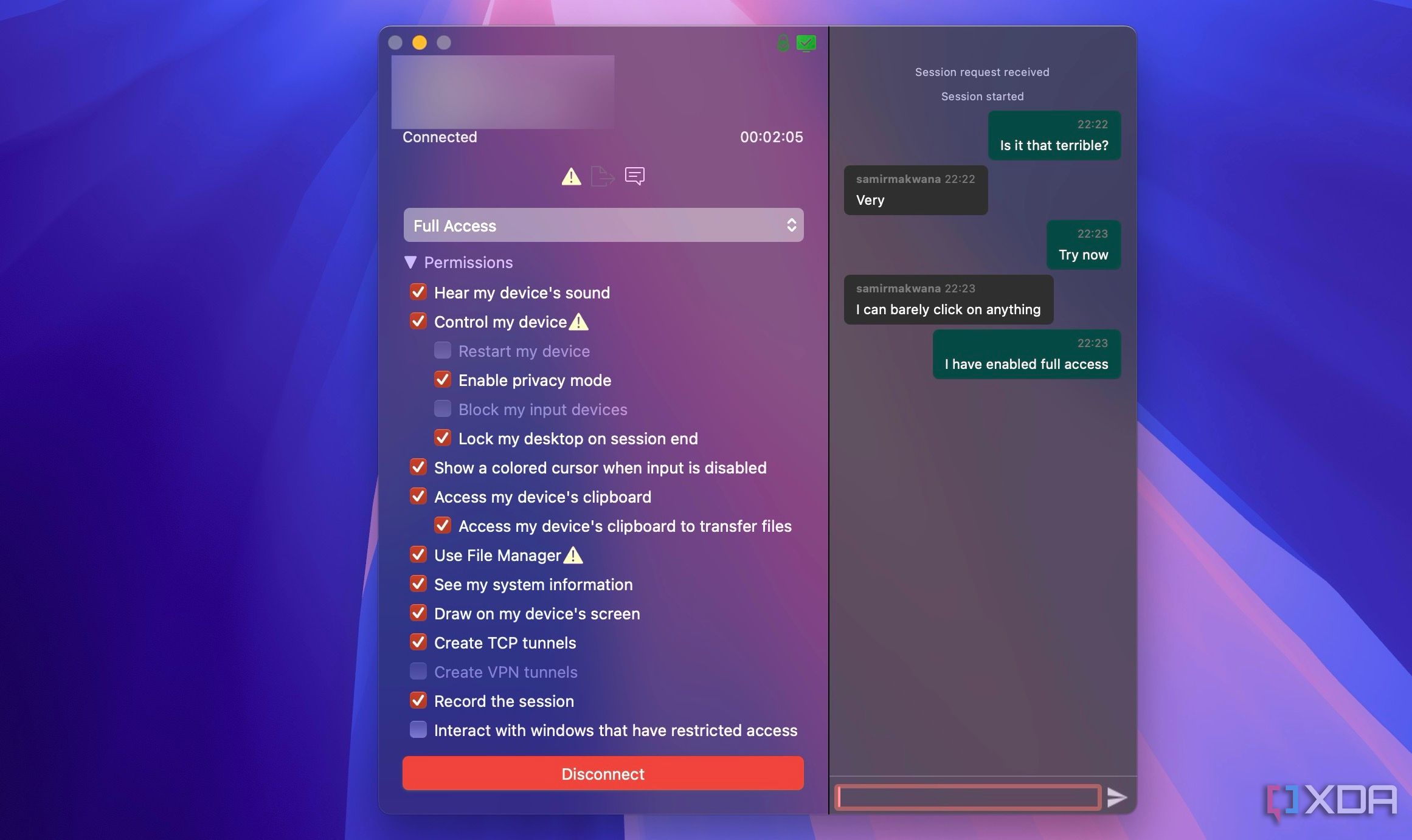
While both RustDesk and AnyDesk offer cross-platform compatibility, AnyDesk has a notable edge. Aside from popular platforms like Windows, Mac, Android, and iOS, AnyDesk offers native clients for FreeBSD, Raspberry Pi, ChromeOS, and even an Apple TV.
This is crucial for users managing servers, network applications, or specialized systems running FreeBSD or hobbyists, educators, or professionals working with Raspberry Pis in IoT projects and home automation. This alone can be a decisive factor for users who need to work with particular environments.
I prefer AnyDesk’s UI
Looks and feels native
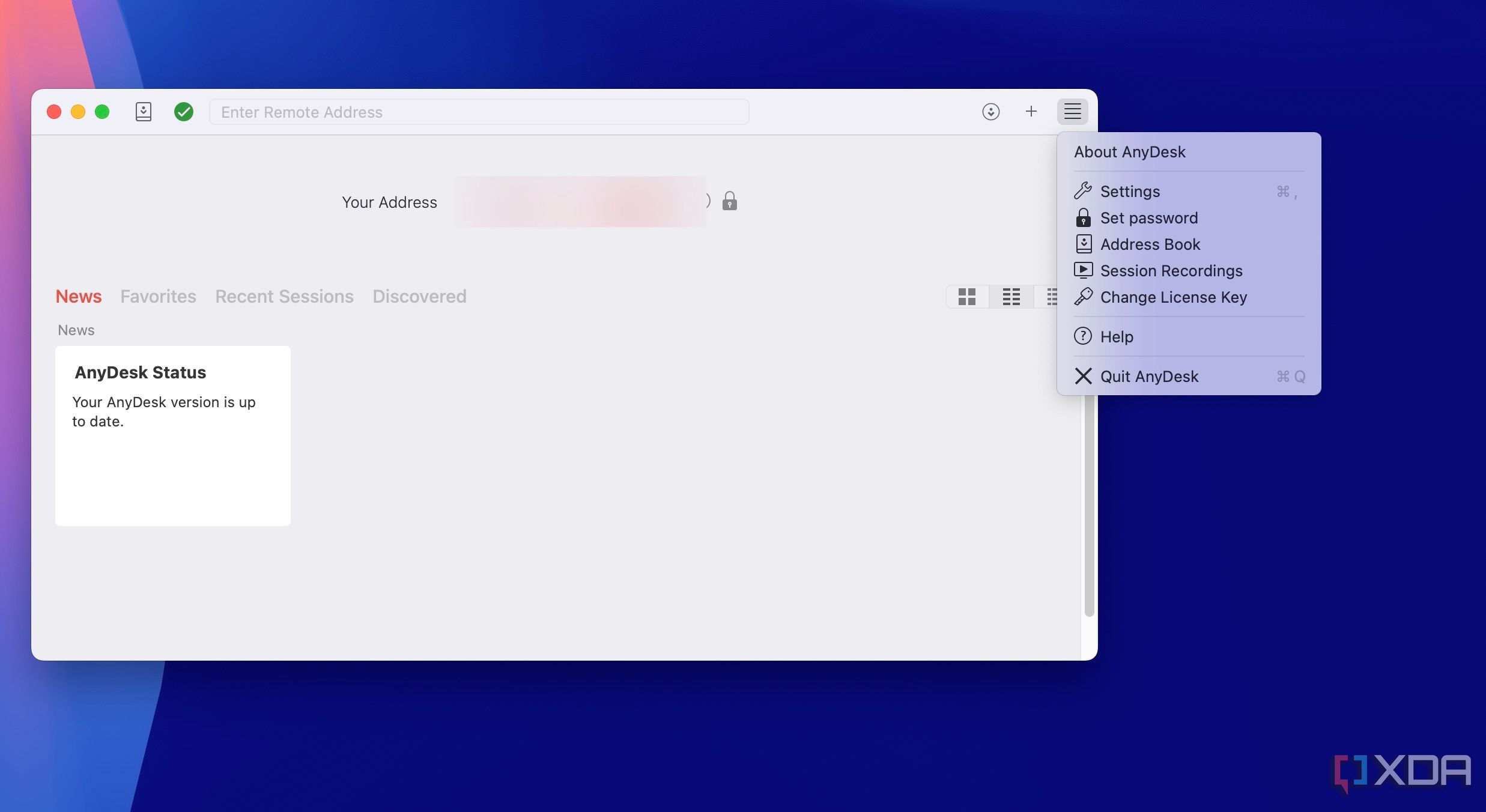
When it comes to the immediate impression and day-to-day usability, AnyDesk generally presents a slicker, more polished, and professional user interface compared to RustDesk. The layout is clean, and various options like file transfer, chat, and session settings are well-organized. Navigating between different remote desktops, managing addresses, or adjusting session permission fields feels fluid and efficient.
However, it’s important to note that AnyDesk does not generate a password by default for unattended access, nor does it typically present an ‘incoming password’ for interactive sessions. You must manually set a password, which can be irritating.
Both AnyDesk and RustDesk excel at core features
With neck-to-neck performance
RustDesk and AnyDesk excel in key areas. When it comes to performance, I found RustDesk to deliver a better experience compared to AnyDesk. This means when I’m controlling a remote machine, the screen updates are smooth and instant. I also appreciate how seamlessly it handles multi-monitor setups that allow me to switch between displays on the remote end. However, unlike AnyDesk, it doesn’t display a separate cursor for remote sessions.
While AnyDesk scores high on user interface, RustDesk wins for me in the user experience (UX). It offers a significant approach to features like session recording and unattended access. Even when I used it for the first time, I knew exactly where all the options were. With AnyDesk, I had to look for specific options under menus.
Both tools offer a dedicated file manager with intuitive drag-and-drop functionality, clipboard synchronization, session recording, and, of course, a chat function for real-time communications. Overall, you won’t have a hard time getting the job done.
RustDesk edges out AnyDesk in privacy and security
Self-hosting and custom branding
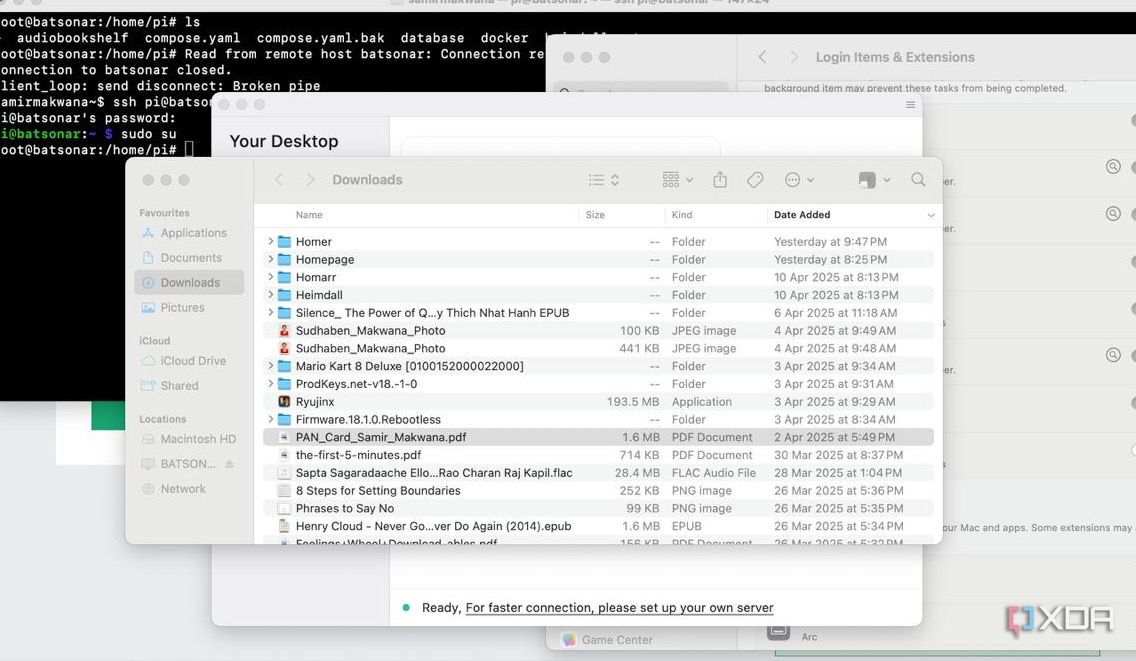
AnyDesk leverages strong encryption. They use TLS 1.2 technology and AES-256 encryption, which are industry-standard protocols. However, where RustDesk truly excels and ultimately wins in the privacy area is due to its open-source nature and, more importantly, its self-hosting capabilities. For me, this is a game-changer.
As an open-source project, RustDesk’s entire codebase is publicly available for anyone to inspect. This transparency means that if there were any hidden backdoors, malicious code, or shady practices, the community can audit them. I don’t have to just trust the company; I can verify (or rely on others who have verified) what the software is doing.
RustDesk sweetens the deal with self-hosting capabilities. What this means is that I don’t have to rely on RustDesk’s public servers or any third-party services for connections. I can set it up on my own server, and now, all the data routing happens on infrastructure I trust. It’s something I plan to explore in the future.
RustDesk offers a better free tier
Especially if self-hosted
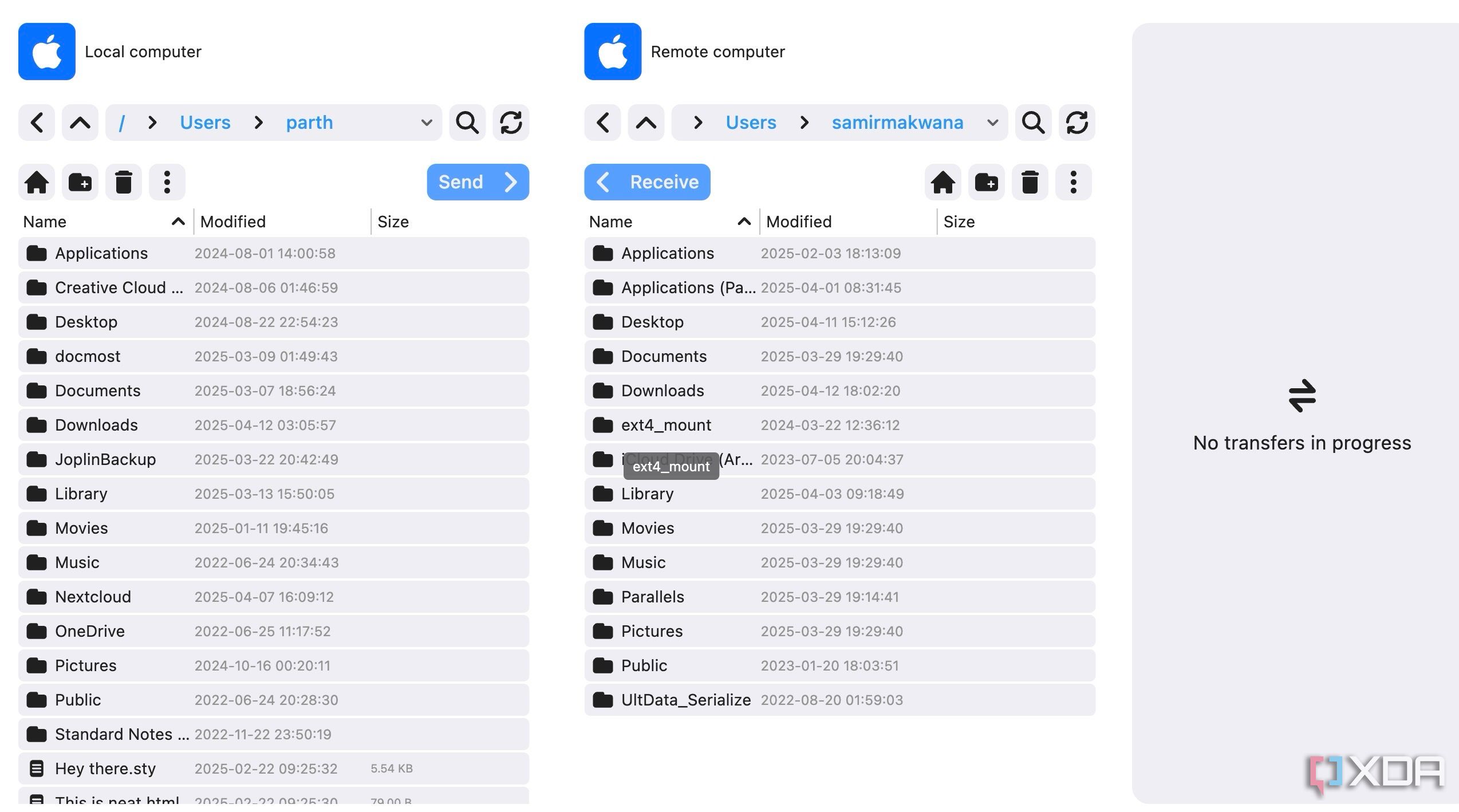
When it comes to the ‘free’ aspect, I have found that RustDesk offers a more unrestricted free tier compared to AnyDesk. This means that you are getting full functionality without any artificial limitations, as long as you are managing your own infrastructure. Even when using RustDesk’s public servers, I didn’t run into pop-ups or feature restrictions.
While AnyDesk is free for personal and non-commercial use, you may run into commercial activity pop-ups during long sessions or frequent connections to the same device.
Goodbye TeamViewer fees
Choosing between RustDesk and AnyDesk ultimately comes down to your specific priorities and technical comfort. Both prove that powerful remote access doesn’t have to come with a hefty price tag. While AnyDesk has a polished interface and extensive feature set, RustDesk marches ahead with its open-source nature, self-hosting capabilities, and focus on user control and privacy.
Whichever option you choose, both RustDesk and AnyDesk cover the basics and should help you escape TeamViewer’s paid tiers. If RustDesk and AnyDesk don’t work for you, check out HelpWire. Here are the top reasons why it can be your go-to remote desktop solution.
.png)
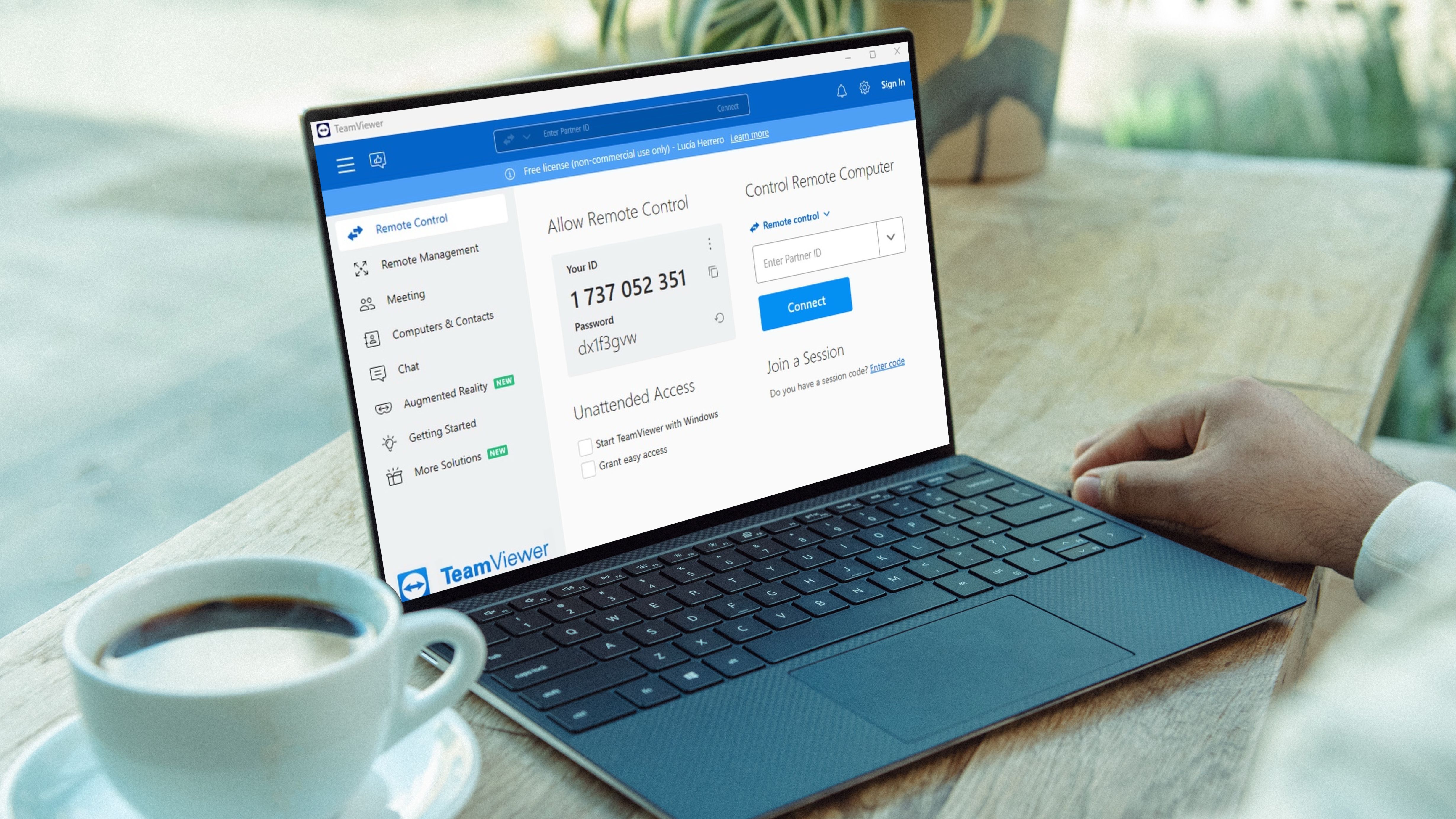
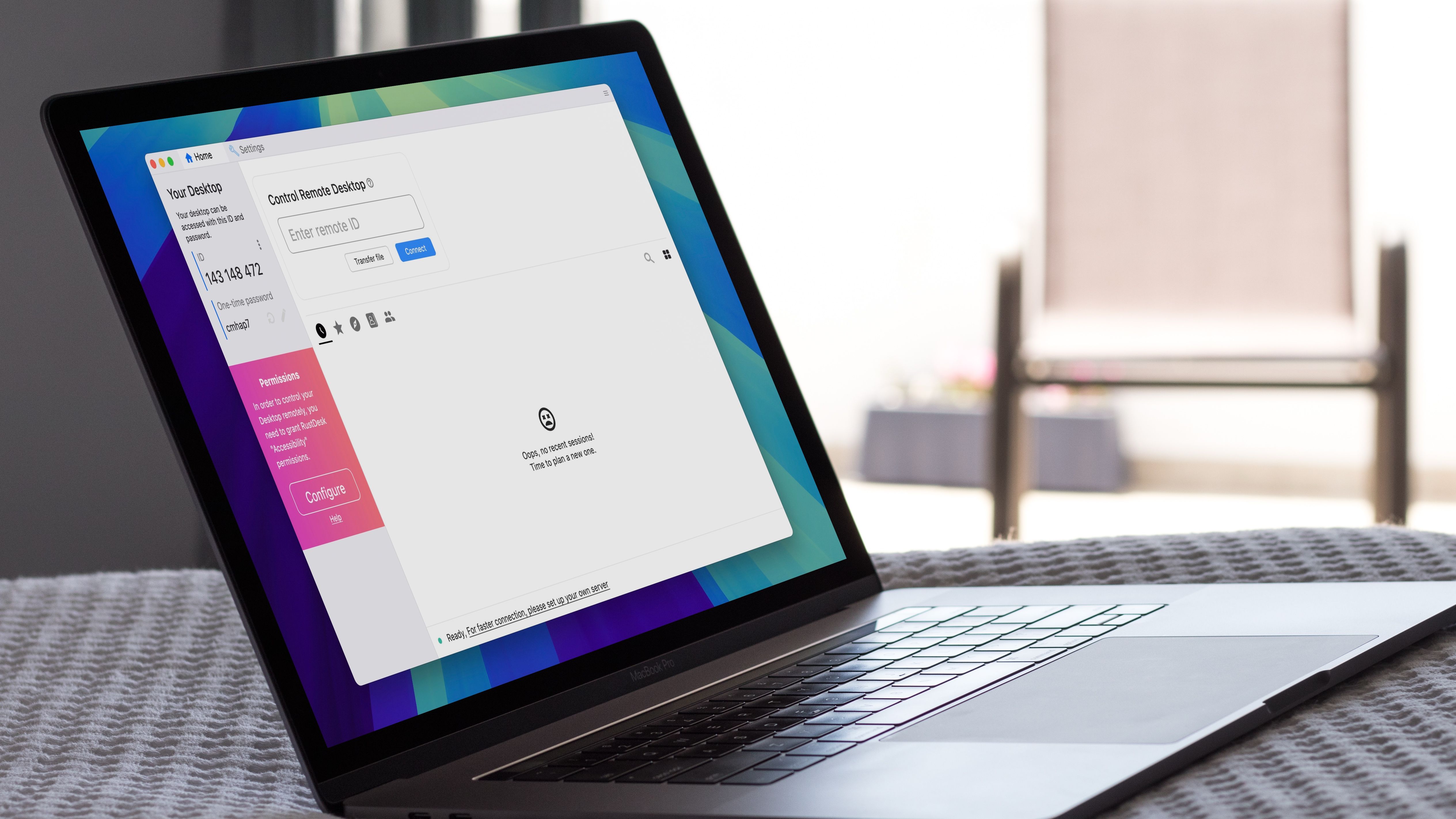


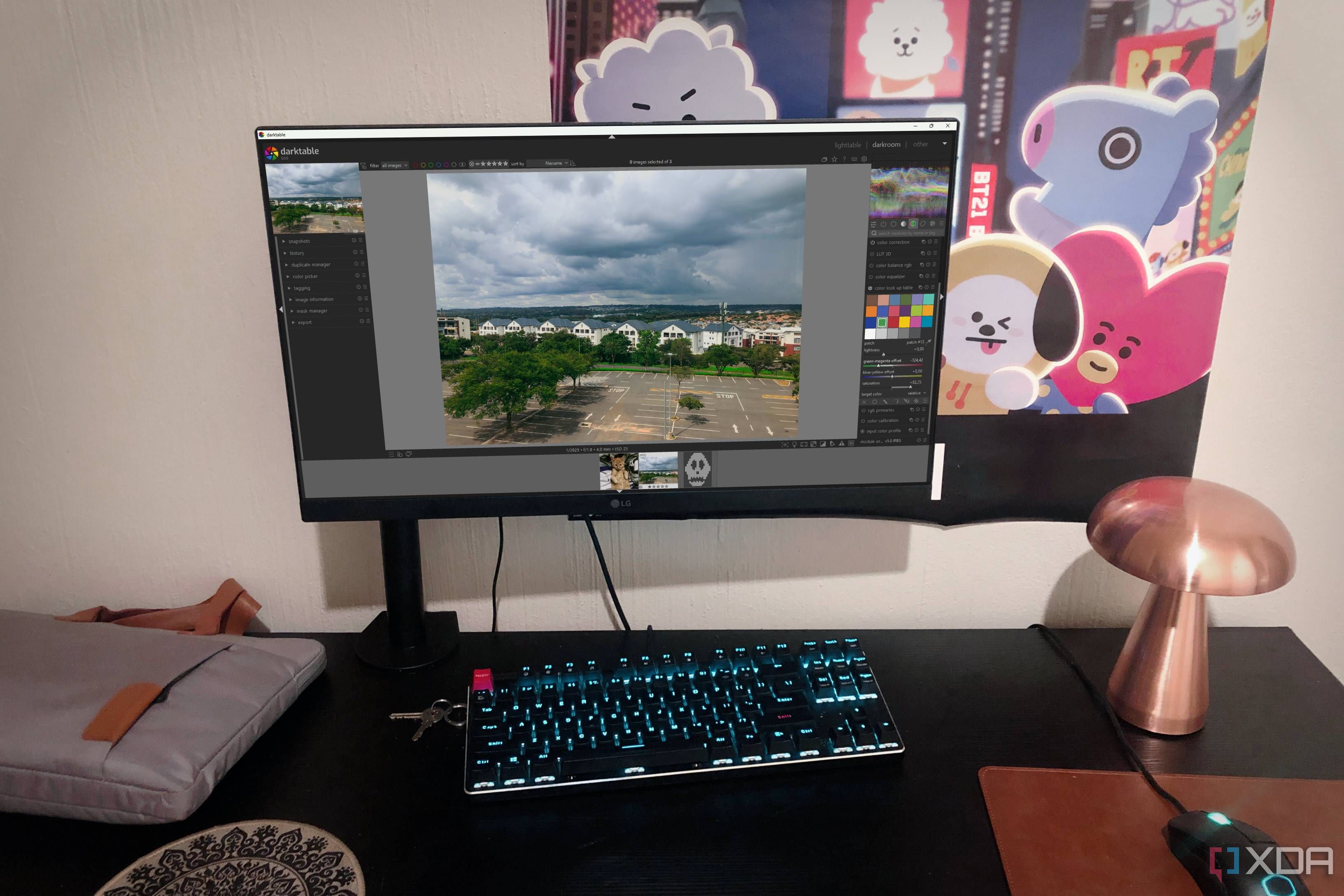










 English (US) ·
English (US) ·